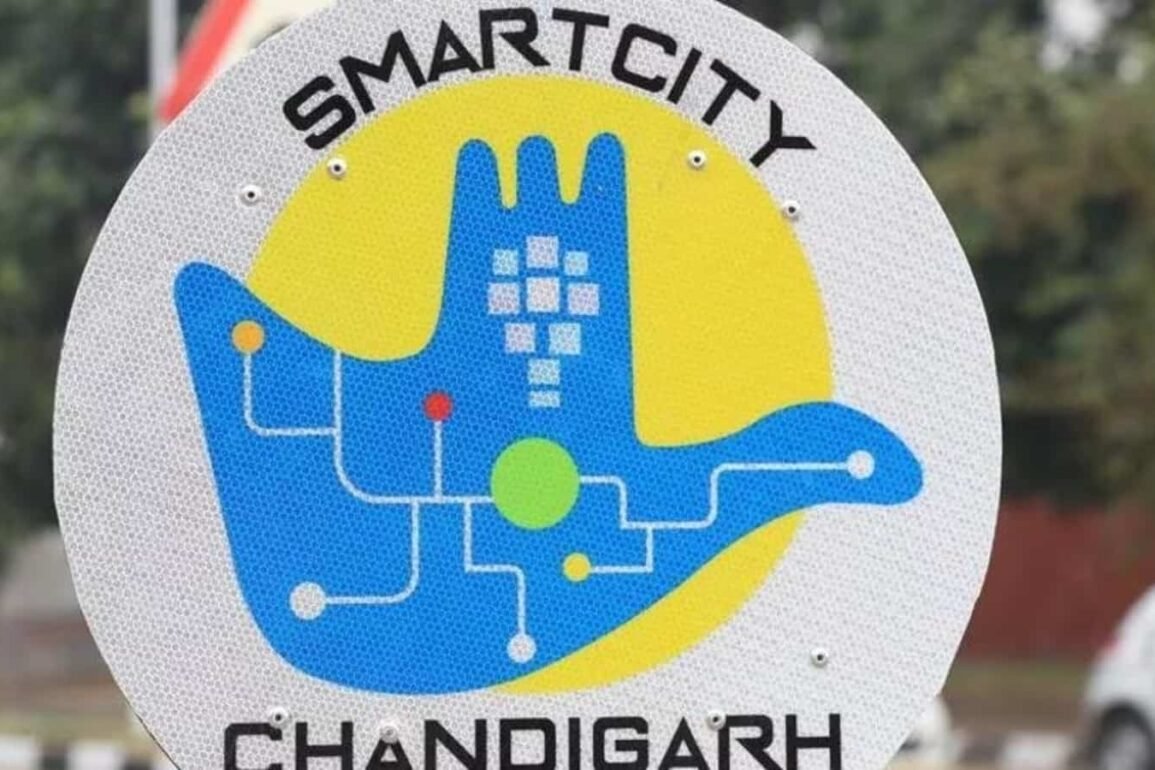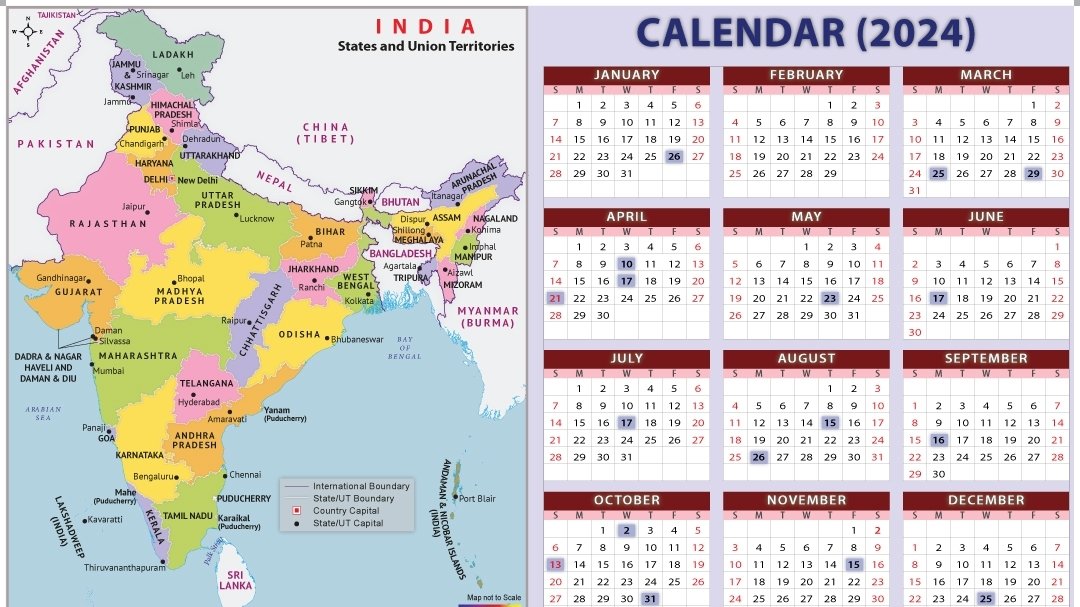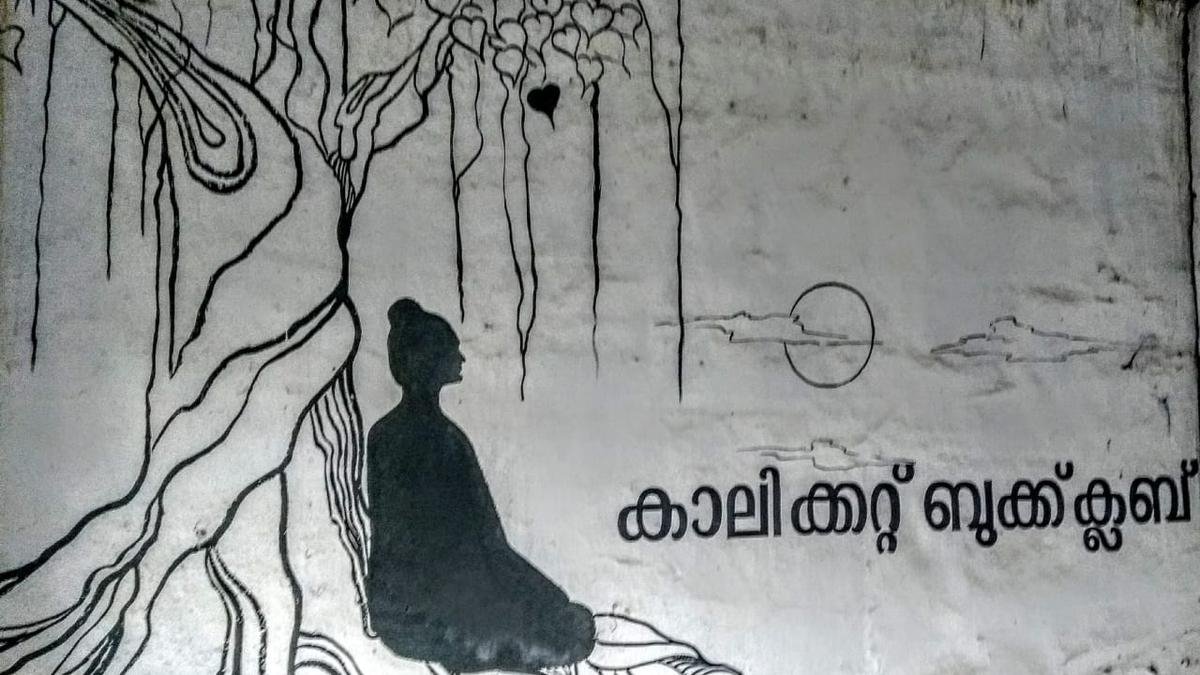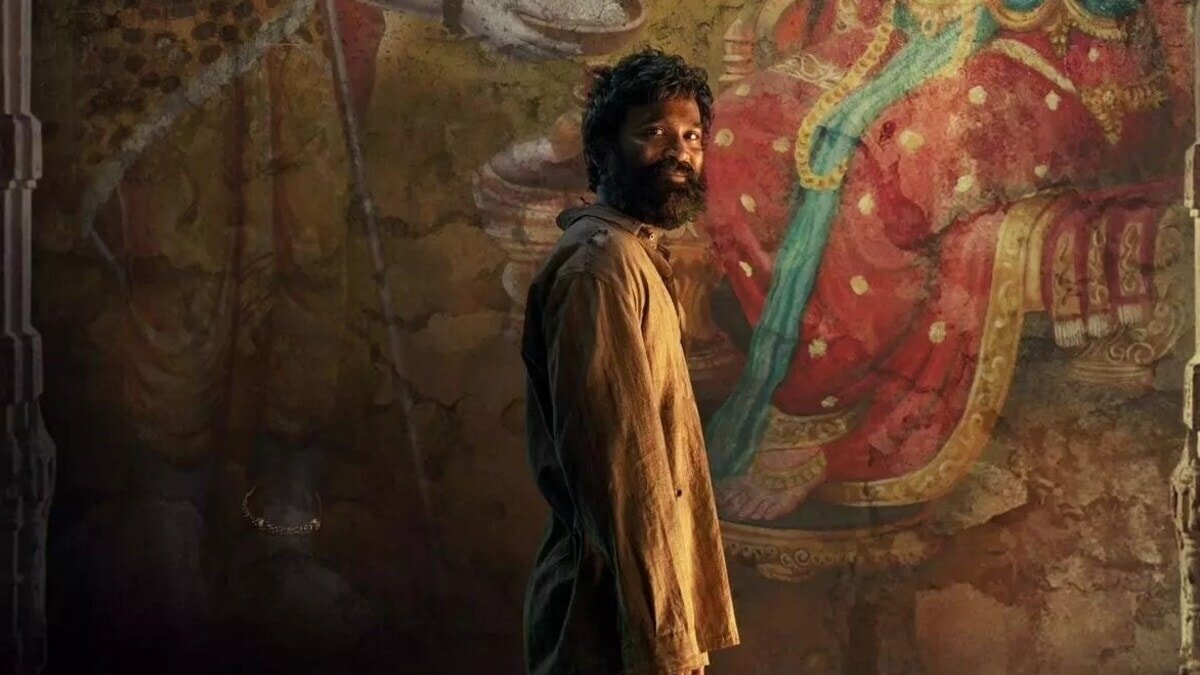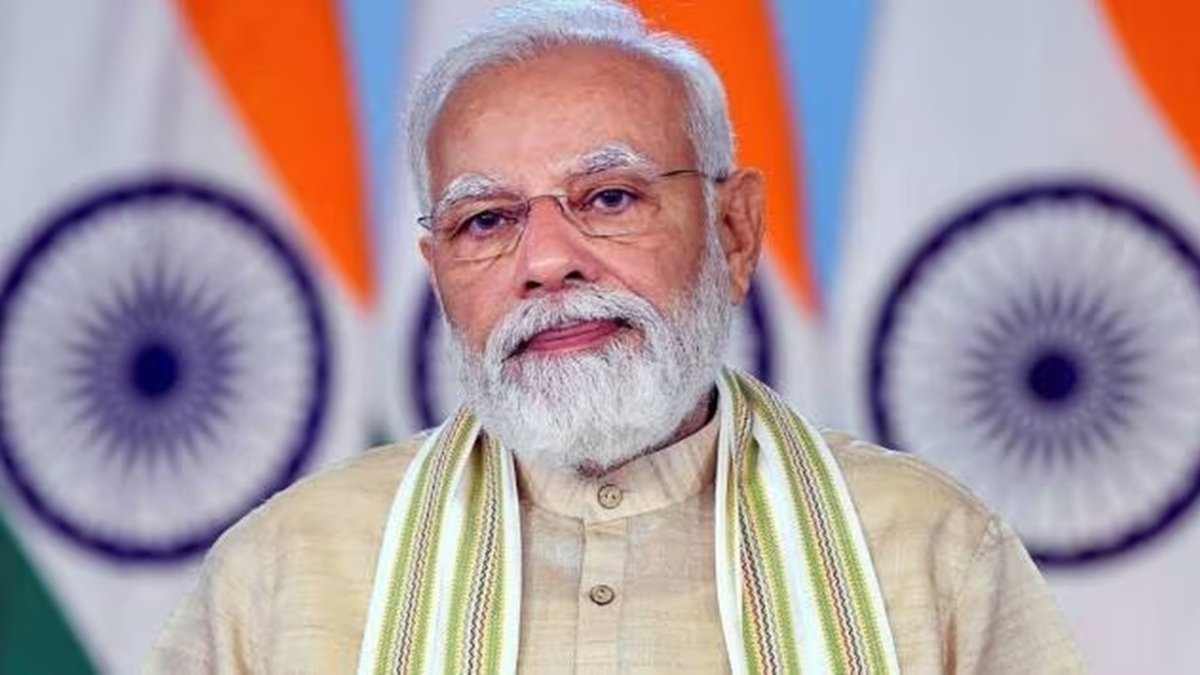Smart Cities Mission (SCM) nears second deadline: have our cities smartened up?
The National Democratic Alliance government’s flagship programme – Smart Cities Mission (SCM) – which was launched back in 2015, is drawing near to its second deadline in June 2024. The primary aim of the SCM is to improve the quality of urban life in India through the application of smart solutions.
According to the latest updates, the initiative has achieved an 83% completion rate so far. From the total fund of ₹86,850 crore allocated over eight years by both the Union and respective state governments, ₹72,571 crore has already been used by the participating cities.
The progress of SCM
The burning question, however, is whether or not these cities have truly smartened up. Have these urban zones enhanced the quality of life for their inhabitants? And are the projects involved in the SCM good enough to serve as role models for other towns and cities that are grappling with the issue of unsustainable urbanization?
The Union government has been consistent in maintaining that the main objective of the mission is to promote urban centres that provide core infrastructure and a decent quality of life to their citizens. It also aims to foster a clean and sustainable environment through the implementation of smart solutions. The idea is to focus on compact areas and create replicable models that can inspire others to follow suit.
The Sectors under SCM
The mission identified 21 sectors where the 100 selected smart cities would base their projects on their specific needs. These sectors ranged from education, health, housing, and water supply to smart governance, public transport, and energy-related infrastructure, among others.
An official from the Union Ministry of Housing and Urban Affairs (MoHUA), the ministry overseeing the SCM, stated that the participating cities were given the liberty of choosing their projects. Many cities opted projects that catered to the Sustainable Development Goals (SDG 2030) in areas such as clean water, sanitation, sustainable practices, clean energy, decent work and economic growth. The SDGs were adopted by all United Nations Member States in 2015 with a vision to end poverty, reduce inequality and foster peaceful, prosperous societies by 2030.
Funding for SCM
The Union government further provides conditional fund transfers to states for specific developmental programs. The financial burden under a Centrally Sponsored Scheme (CSS) is shared equally by the states and the Union government. Additionally, the SCM projects were permitted to access finances from other resources such as private sector financing, debt, along with revenue from user charges, taxes, and surcharges.
Feature Common to all Cities
The Integrated Command and Control Centre (ICCC), was identified as the most common feature amongst all the cities under the scheme. With these ICCCs and connected cameras, sensors, and other Internet of Things devices, authorities can monitor and improve everyday functions including security surveillance, policing, waste management, street light management, and more. They also assist in dealing with extreme weather conditions like floods and storms through their monitoring systems.
Infrastuctural Improvements
To help improve urban mobility, over 2,500 km of smart roads have been built. The smart roads include pavements and dedicated underground utility ducts for electricity, water, sewage, and optical fiber lines removing the need for road-digging. Around 7,500 public buses have also been deployed, including over 2000 e-buses, with over 5000 bus stops built to accommodate them. In order to facilitate non-motorised transport, 573 km of bike tracks have been laid, in addition to more than 10,000 bicycles being made available under the public bike-sharing model.
Boosting Public & Community Infrastructure
In all, 367 parks have been created or rejuvenated across 100 cities over the last eight years. Also, more than 1300 projects have been initiated to improve other public spaces, including a whopping 180 waterfront projects across 47 cities. In terms of community housing, 44,000 affordable housing units have been built, along with 6,300 community housing room projects. Under the SCM, 300 health clinics were established and more than 479 ambulances procured. Furthermore, 100 MW solar energy capacity and over 50 lakh LED solar street lights have been installed across 100 cities.
Views and Criticisms
The SCM has invited both praise and critique. Dr Girdhar Gyani of the Association of Healthcare Providers of India (AHPI) suggested the SCM could have utilised their resources to bridge the disparity in healthcare across the country. Rakesh Verma, a former IAS officer and policy analyst, emphasised the need to train local municipal staff and raised concerns about data security and privacy issues. However, despite some bit of criticism, the SCM continues to register success stories in its mission to smarten and better organise urban centres across the country.




